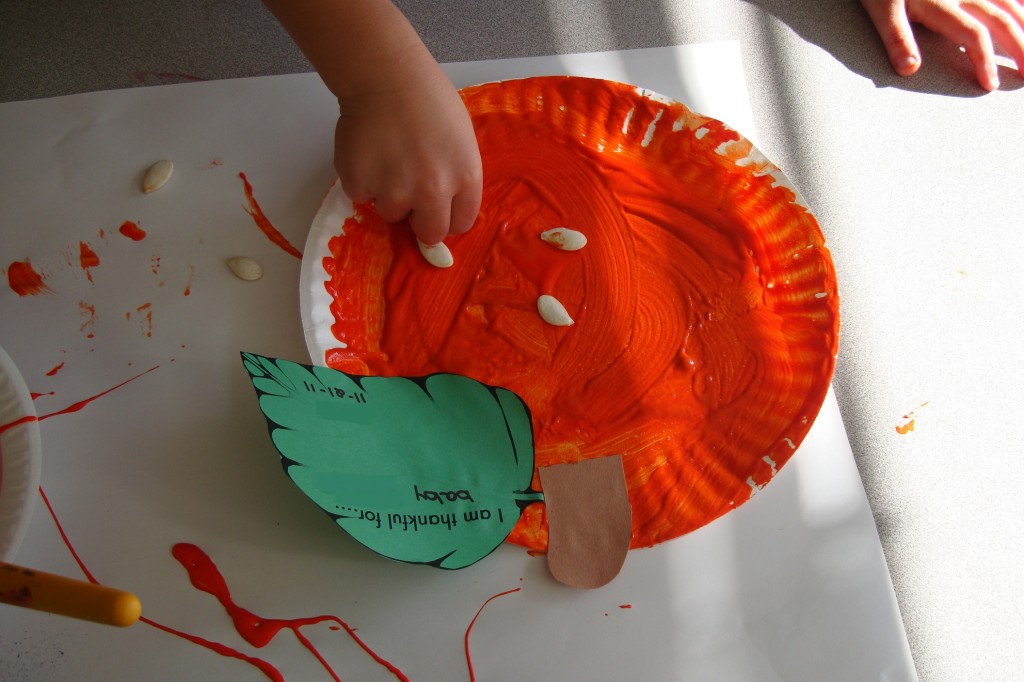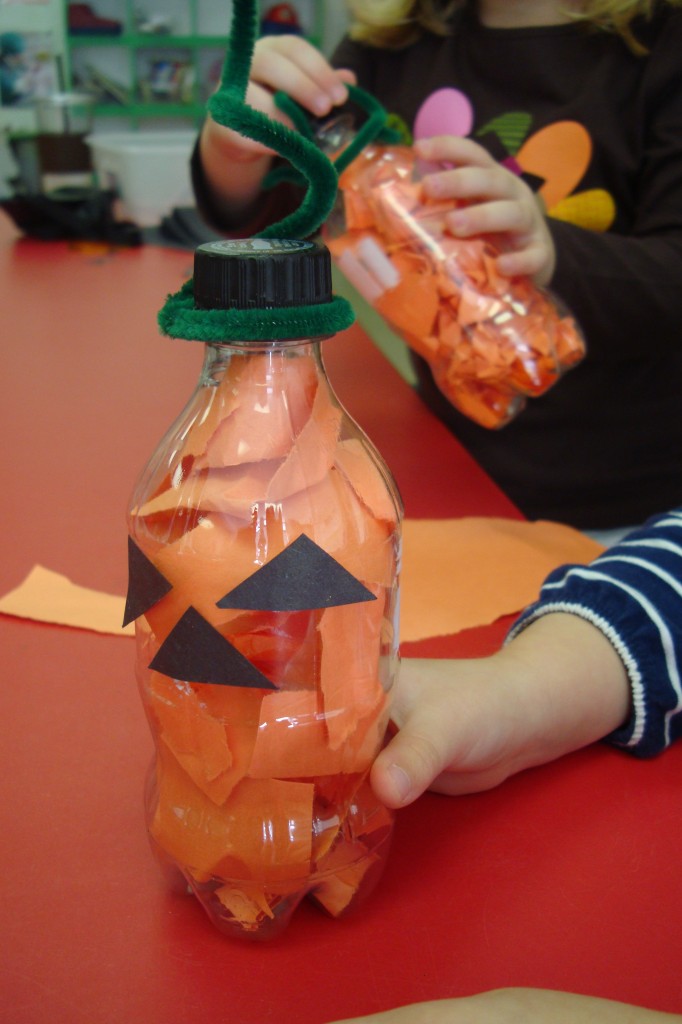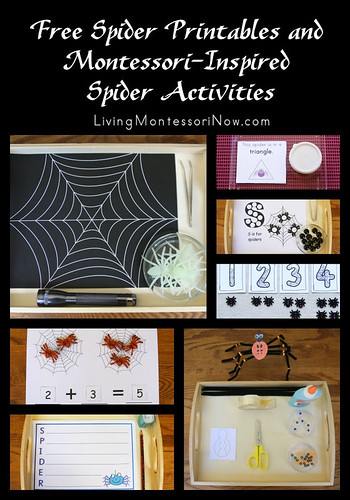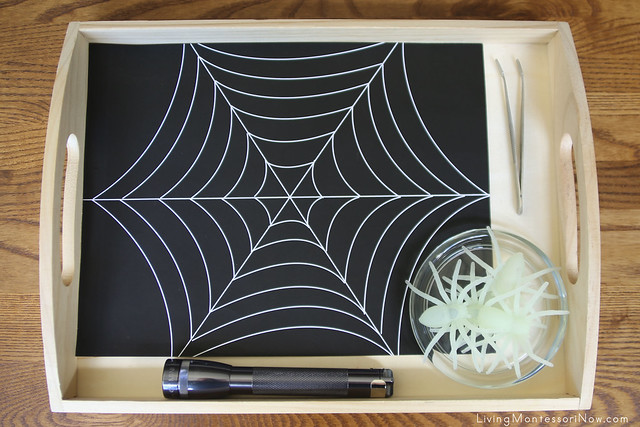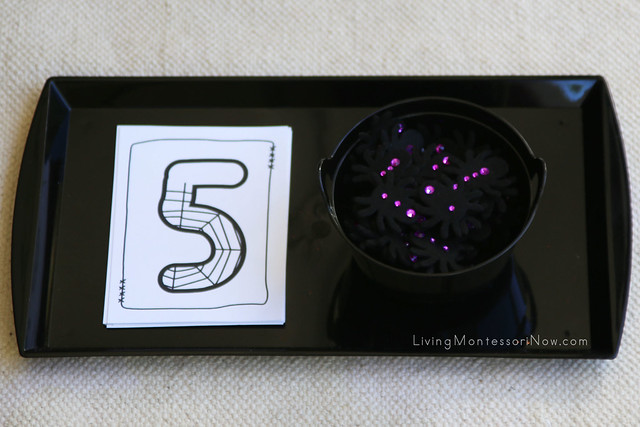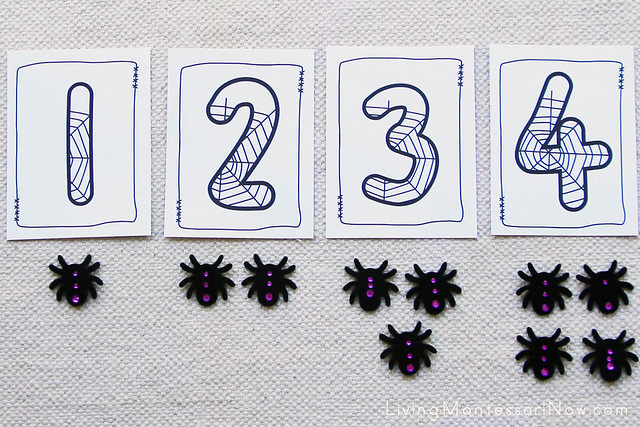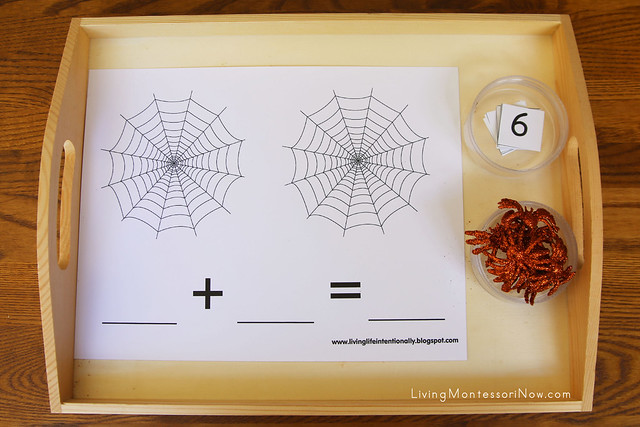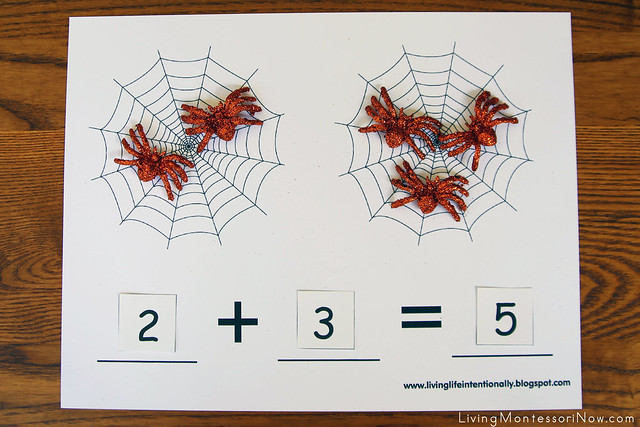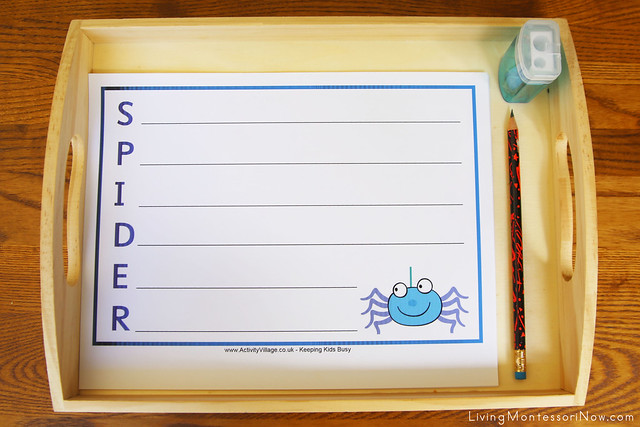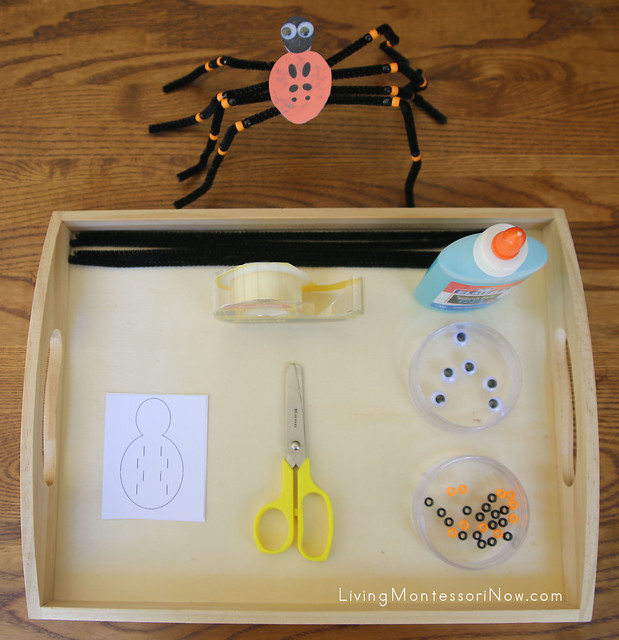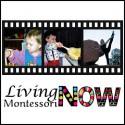What is bugging you lately???
You want to know what is BUGging me lately???
Those darn bugs...
LICE that is!!
Have you just ever had lice break out at your school or your child has brought it home or have you brought it home yourself?? It sure is a bummer! But don't worry! It doesn't mean you are dirty!! It actually means you probably are pretty clean! There are some good things to know in case you ever get lice or your child gets lice or one of your students get lice...and how would I know this??? Well, I was LUCKY enough to get it for the first time in my life just this school year. It was pretty special! And since I had NO CLUE what to do, I did some research. I asked friends and family, checked the Internet and even asked the clerk at the drug store!
First thing first...DON'T PANIC! I know it is easier said than done but it's true..if you panic, then you start to get paranoid and you forget to do things and then it all goes downhill from there! SOOOO...don't panic! It is going to be A-OK! I can tell you this from experience now.
Second most important thing to remember...THIS DOES NOT MEAN YOU ARE DIRTY! It just means that some how, some way there was an egg/nit or live lice that found a piece of your hair to crawl up on and lay pretty little eggs. But just remember that lice like clean hair because it is easier to move up around on.
Now, I am sure some of you are asking "How can she be joking around and laughing about something like this?"... well, I am not really joking but I am being a little light hearted about this subject because I have been through it now and understand that it happens...sometimes things happen and we have no control so we just have to deal with it and make the best out of it.
Now back to the basics:
1. Don't Panic
2. You are Not Dirty
3. Get yourself/child/student treated as soon as possible. Go straight to the drug store and pick up some RID, Licenex, Licefree, or any other over the counter treatment. In each box is usually a comb to help you comb through your hair. It is a fine tooth comb designed to get those nits/eggs from your hair. Otherwise those eggs are stuck with a glue like substance to your hair. Now when you yourself are getting treated, don't try to do it by yourself because there is no way that you will possibly be able to get your whole head thoroughly. So, ask a friend, spouse, or relative to come over and help you to comb through your hair. Make sure you have a plastic baggie and some paper-towels available so when you comb through and get an egg or live one out that you can wipe off the comb with the paper towel and put it in a zip-lok baggie so it will suffocate and not be able to crawl off the hair on to another hair. I actually had a friend come over and help me and we did it outside which worked even better. This process can take a long time to do especially if the person getting treated has long or thick hair.
I talked to a colleague who has had it before and her daughter did too years back and she told me that instead of using the over the counter treatment, she used olive oil and that the little buggers just slid right out of her daughters hair. So, I tried that the SECOND time I had lice and she was right! So, if you want to keep the chemicals out of your hair or your child's hair...use olive oil. Once you have treated the hair...be sure to wash it out with regular shampoo...if you use Olive oil, you will probably have to use dish soap the first two times you wash through your hair....it works wonders! After washing...be sure to BLOW DRY! Lice do not like HEAT! Then look back through the hair for any nits/eggs. If you see any, pull out that strand/strands of hair and dispose of them in the baggie. I didn't have time to get pictures of these little guys but if you search "lice" or "lice eggs" you will get pictures that will help you to know what you are looking for.
5. Soak those brushes and combs and hair ties in boiling water for 30 minutes to kill those little pests!
4. CLEAN YOUR HOUSE AND YOUR CAR!!!
Next step is to thoroughly clean your house, classroom, car and any other place you/your child/student may have been in contact with.
Tear off the bedsheets and pillowcases and wash in HOT water, then dry on the highest setting...again, those little buggers don't like heat so scald them! Then take your vacuum and vacuum the bed, the wall near the bed and the floor in the bedroom before putting on new sheets and pillow cases. If there are stuffed animals, bag them up in an airtight bag and keep them their for at least FOUR WEEKS to ensure that those pests won't be coming back to play in the hair of you or your family member. If you/your child has used curlers in the recent days bag them up too! Vacuum the whole house AND the furniture. Make sure that you wash all clothing that has been worn or laying on the floor! Then head out to the car and vacuum top to bottom to ensure that those lice don't have a home to live anymore. After you are done vacuuming, put your hairnet on and head out to the trash bin to empty out your vacuum.
5. BLOW DRY DAILY!!! Heck, even use the straightener too! I can't say it enough, they don't like heat!
6. GET CHECKED DAILY!!! Once you have treated your/your child's hair, have it checked DAILY...this will help you to know that you are on the right track. If you find nits...pull out that strand of hair and dispose of it in a zip-loc baggie.
7. Seven days later, repeat the process again. This is to ensure that any eggs that were missed, haven't hatched and if they have, you are killing them or combing the out on the spot! I would also repeat the process of vacuuming and cleaning again.
Now....this being said, there are some rumors and myths about lice...
Myth number ONE:
Lice jump from head to head....truth is, lice can't jump or fly at all. They move from head to head by crawling up the shaft of the hair. So, if you are leaning over to help a student, it can crawl from their hair to yours or the other way around. Or it could be on a fly away hair that lands on your coat then crawls up your hair.
Myth number TWO: Lice can spread to those...private regions...truth is, there are three different kinds of lice. Head lice, body lice and pubic lice. They are all different sizes and kinds. So if you are washing your hair and one falls down, it doesn't mean you will get pubic lice.
Myth number THREE: You can suffocate them in water...truth is, those little buggers can hold their breath for a LONG time! So, when you wash your hair, don't think they are going to wash right out with the shampoo.
These are just some of the things that I have learned over the last month and a half! I hope that this has been helpful to you!
SO, what ever is BUGGING you...be sure to COMB it OUT often!!
Carie Ramirez















